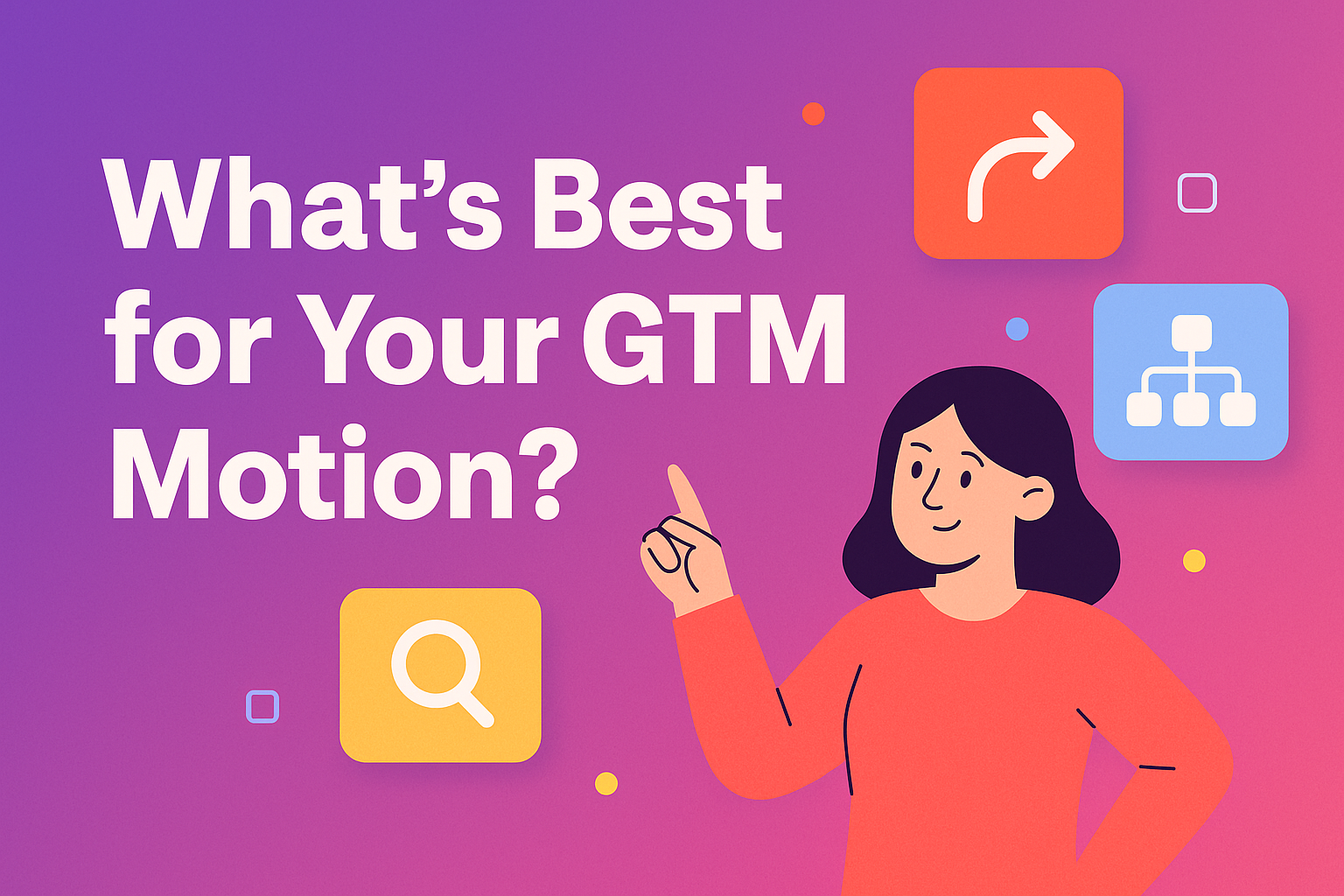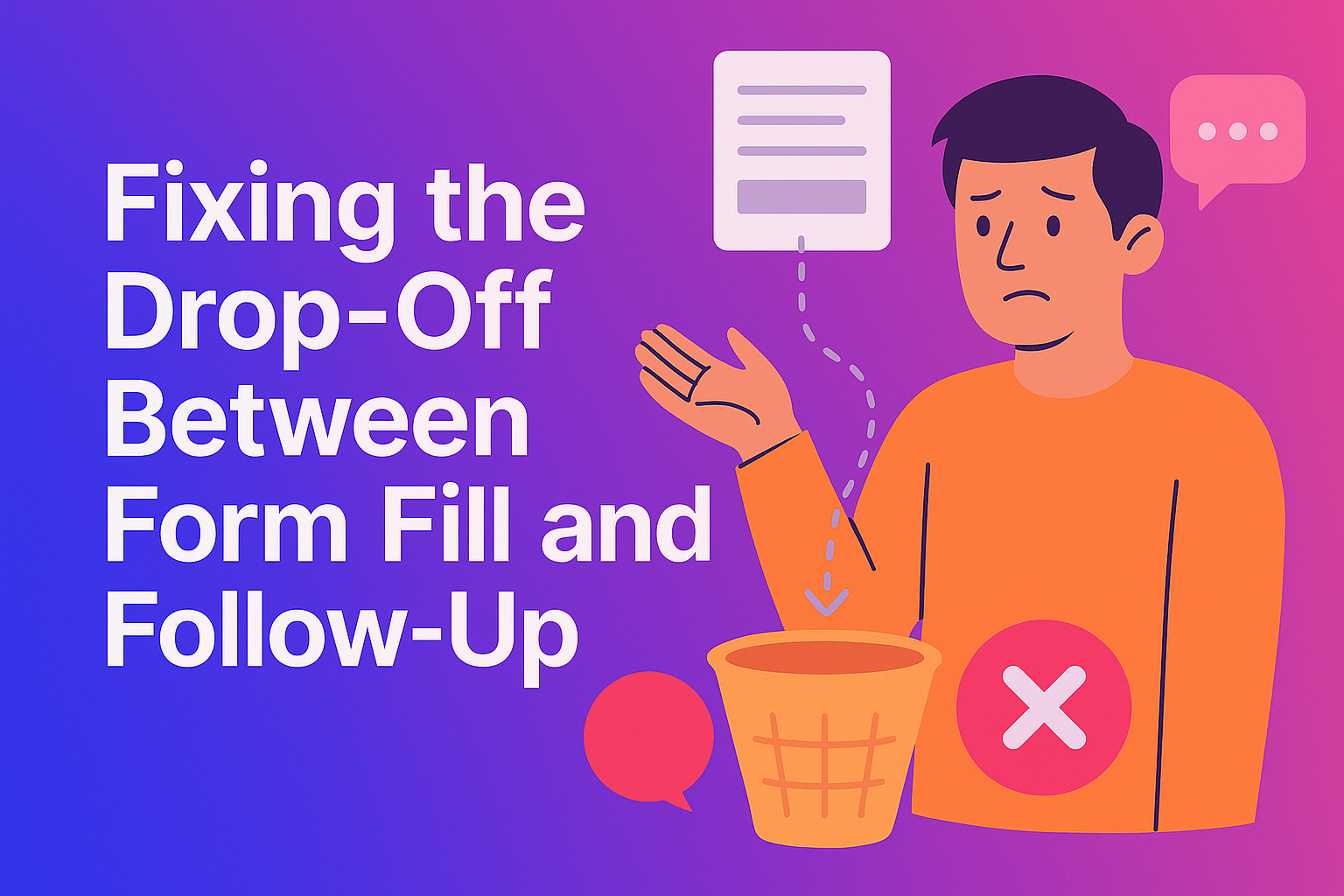Owner-Based vs. Round-Robin Routing: What’s Best for Your GTM Motion?
The way you route leads is just as important as how you generate them. When a prospect fills out a form, every second counts. A clunky or outdated routing system can delay responses, frustrate prospects, and hand opportunities to competitors.
Two of the most common approaches are owner-based routing and round-robin routing. Both can work—but each comes with trade-offs. The real challenge for go-to-market (GTM) teams is deciding which method aligns with your sales strategy, team structure, and growth goals.
Understanding Routing Methods
Before you choose between the two, it helps to define what they actually mean in practice.
What is Owner-Based Routing?
Owner-based routing assigns leads to a specific sales rep based on predefined criteria. Common criteria include:
- Territory or region
- Account ownership
- Product expertise
- Existing relationships
The goal is to ensure the buyer is connected to someone who knows their context and can build on existing familiarity. For example, a rep who already owns an account should receive all inbound leads from that company.
This method is rooted in personalization and continuity. When done well, it creates stronger buyer experiences and higher conversion rates.
What is Round-Robin Routing?
Round-robin routing takes a different approach. Instead of assigning leads based on ownership, it distributes them evenly across the team. Each rep gets the next lead in the queue, ensuring a balanced workload.
Round-robin routing works well when:
- Speed to lead is the top priority.
- Reps have similar skill sets.
- The team is large, and ownership rules would be difficult to manage.
This approach optimizes for fairness and speed, making sure no single rep is overwhelmed while others are left waiting for leads.
Comparing the Two Methods
Both methods can be effective—but they solve different problems.
Advantages of Owner-Based Routing
- Personalized engagement: Buyers interact with a rep who understands their account and industry.
- Relationship continuity: Existing contacts and history stay with the same rep, reducing confusion.
- Expertise matching: Leads can be routed to reps with specialized knowledge, like enterprise vs. SMB.
Challenges of Owner-Based Routing
- Complexity at scale: As teams and territories grow, ownership rules can become hard to manage.
- Risk of delays: If the assigned rep is out of office or unavailable, the lead sits idle.
Advantages of Round-Robin Routing
- Equal distribution: Leads are spread evenly, avoiding favoritism or rep overload.
- Faster response times: Leads are routed instantly to the next available rep.
- Flexibility: Works well in dynamic environments where the team size changes often.
Challenges of Round-Robin Routing
- Less personalization: Leads may be assigned to reps with no prior relationship.
- Skill mismatches: Not every rep is equally suited to handle every type of lead.
Choosing the Right Method for Your GTM Strategy
The choice isn’t about which method is “better”—it’s about which method is right for your business.
Factor 1: Sales Team Structure
- If your team is specialized (by industry, region, or product line), owner-based routing is often more effective.
- If your team is larger and more generalist, round-robin routing may be simpler and faster.
Factor 2: Customer Engagement Strategy
- If your GTM motion is relationship-driven, where continuity matters, owner-based routing is the safer bet.
- If your motion is velocity-driven, where the goal is to maximize quick follow-ups, round-robin routing can help.
Factor 3: Lead Volume
- High lead volumes benefit from round-robin routing, which prevents bottlenecks.
- Lower volumes allow for owner-based routing, where personalization can be prioritized.
Implementing Routing Logic the Right Way
Whatever you choose, the success of your routing logic depends on how well it’s implemented.
Use the Right Technology
Leverage CRM systems and automation platforms to eliminate manual assignment. Intelligent platforms like RevenueHero allow you to:
- Set up custom rules for either routing method.
- Show availability to prospects instantly.
- Automate follow-ups and reminders.
Monitor and Adjust
Routing logic isn’t a “set it and forget it” system. Measure:
- Conversion rates by routing method.
- Speed to lead and follow-up times.
- Rep performance and workload balance.
Be ready to adjust as your team scales or as buyer behavior changes.
Train and Align Your Team
Make sure your sales team understands the routing method in place. Train them on how to engage routed leads quickly and effectively. Alignment prevents friction and ensures that buyers get a consistent experience.
Final Thoughts
Owner-based and round-robin routing aren’t just technical decisions—they shape how buyers experience your sales process.
- If you prioritize continuity, deep expertise, and personalization, owner-based routing will serve you well.
- If you prioritize speed, fairness, and scale, round-robin routing may be the better fit.
Many high-growth teams use a hybrid approach, starting with round-robin for fairness but layering in owner-based rules for accounts, territories, or high-value segments.
The key is to design a system that eliminates delays, creates clear ownership, and ensures buyers never feel neglected. When routing logic aligns with your GTM motion, conversion rates climb, reps are more productive, and prospects get the fast, personalized experience they expect.
Would you like me to also create a meta title, description, and short summary for this one so it’s publishing-ready like the others?
Let RevenueHero help your team turn high-intent users into booked meeting without slowing down your funnel.













